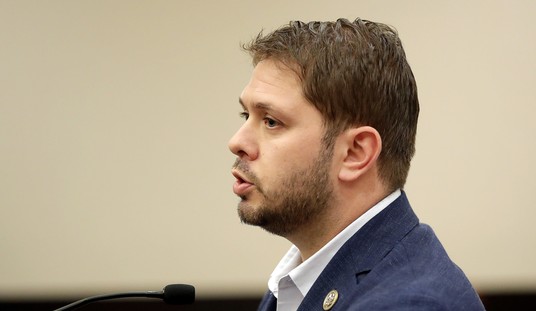Politicians in Washington are often immersed in endless political fights with little regard for the impact of the policies they are actually fighting over. We see this with taxes, regulations, spending, trade and other issues. The decisions they make often have unforeseen consequences in communities and small towns.
This week, the left’s new rising star Rep. Alexandria Ocasio-Cortez, and her allies, introduced their far-reaching radical “Green New Deal.” These ideas are not only being discussed in Washington, but they are actually well under way and causing great debate and conflict in many communities throughout the United States.
In New York, Governor Cuomo and his green energy bureaucrats have imposed mandates to reduce carbon emissions. Appealingly entitled Clean Energy Standards (CES), these mandates call for over 50 percent of the state's utilities to generate electricity through renewable sources by 2030. In addition, Governor Cuomo issued an executive order mandating over 2,000 megawatts of energy be generated, also by 2030, using offshore wind.
How is all of this being paid for you might ask. Well, by the same folks who always pay – you, the taxpayer.
Indeed to fund the CES, New Yorkers will pay an increase of $3.6 billion in electricity costs according to a report by Continental Economics. That’s just to get things going. By 2050, New Yorkers will be subsidizing Cuomo’s green new deal to a tune of over one trillion dollars, “providing scant, if any, measurable benefits” the report states.
Recommended
Footnote: U.S. per person CO2 emissions have declined to their lowest levels in over six decades. The U.S. Energy Administration reports that from 2005-2017 U.S. energy related emissions are down 14 percent.
But it’s not just about the numbers, the money and the costs. There is tremendous environmental and community impact experienced by the deployment of green energy. Utility scale solar facilities, not built in the desert, require destruction of the land – trees and farms – and they can permanently alter the character of the community.
There is additional risk from muddy runoff, which can impact roads, streams and tributaries. Water is needed for cleaning the panels so solar companies often have to tap into water sources impacting local wells and aquifers. If decommissioning is not handled appropriately, when their use is complete, these solar fields can be left to rot causing additional environmental damage, waste of land and taxpayers being left to pay the clean-up costs.
Solar and wind facilities, largely propped up by taxpayers’ subsidies, are causing environmental damage and community conflict. But local citizens going about their daily grind are never told or warned about these troubles. Rather, they are told to be proud that a green energy project is coming to a community near you. But in some communities, the people impacted, and the taxpayers being forced to pay for these projects, are standing up and voicing concerns about the damage they can cause.
Residents in Spotsylvania, Virginia, for example, are pushing back against what would be the largest utility scale solar complex east of the Mississippi, covering over 6,000 acres – that’s half the size of Manhattan. It would be the fifth largest solar facility in the U.S. and the twelfth largest in the world. This large, not so green, facility is part of embattled and controversial Virginia Governor Ralph Northam’s version of the green new deal.
Local citizens have formed citizens groups. Large numbers of citizens are attending local government meetings and voicing their concerns. This all proves, once again, that if we are going to fight the not-so-good deals emanating from Washington and some state capitals, citizen activism is critical. Because while all of this sounds and feels good to the politicians, someone has to live with the consequences.


